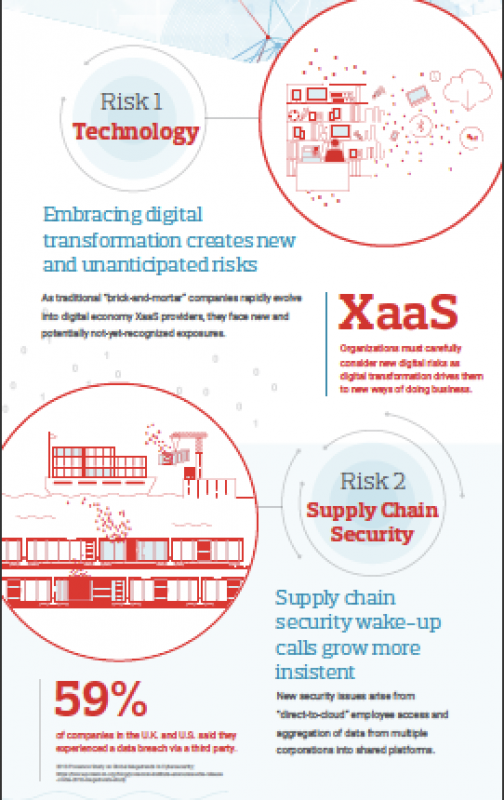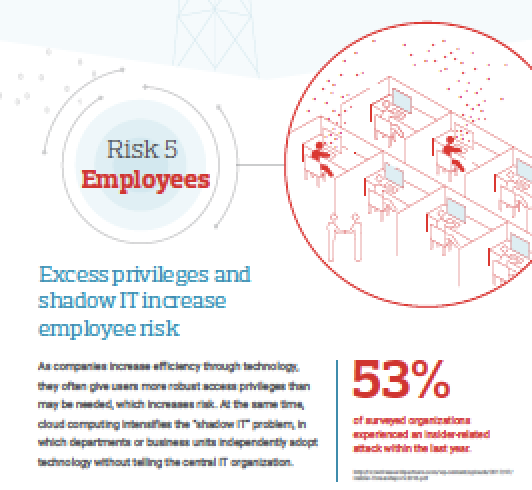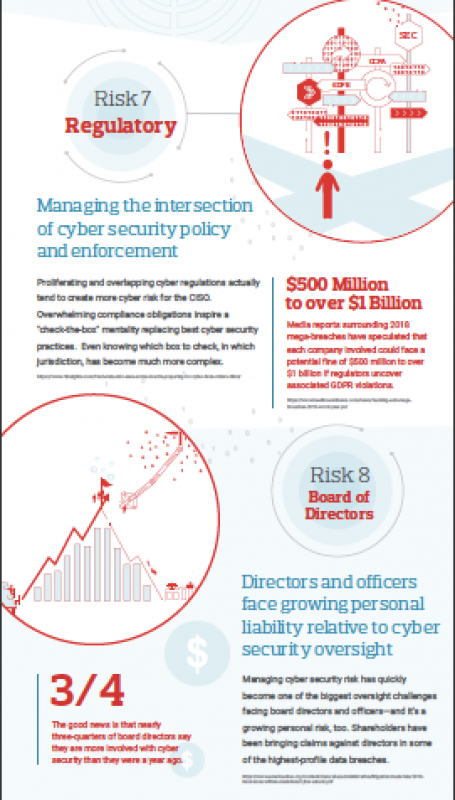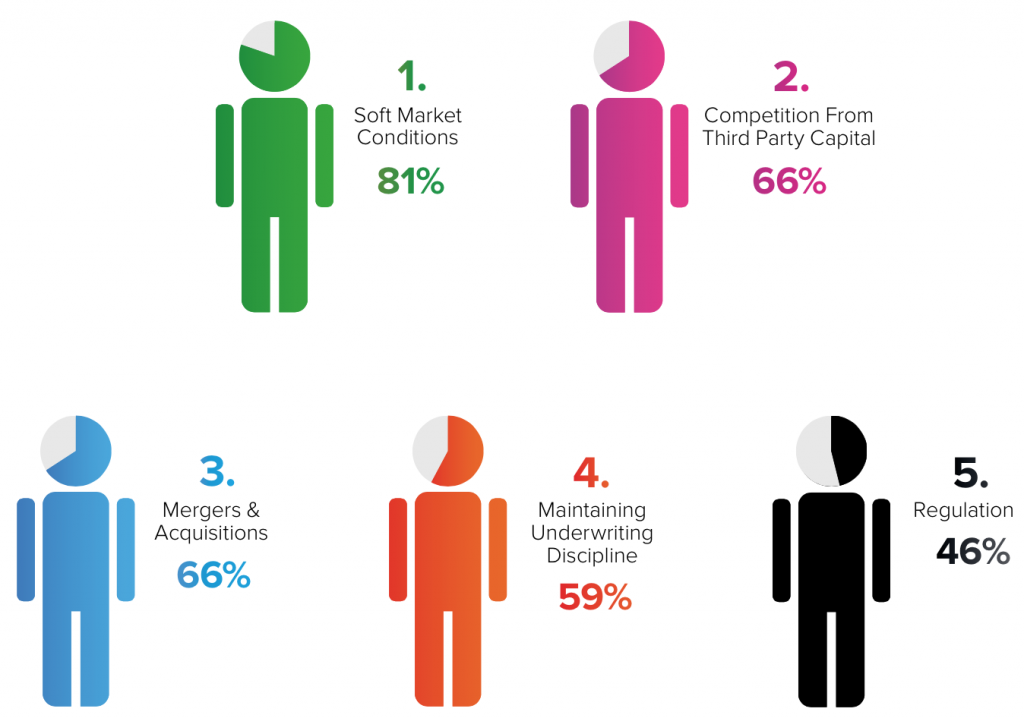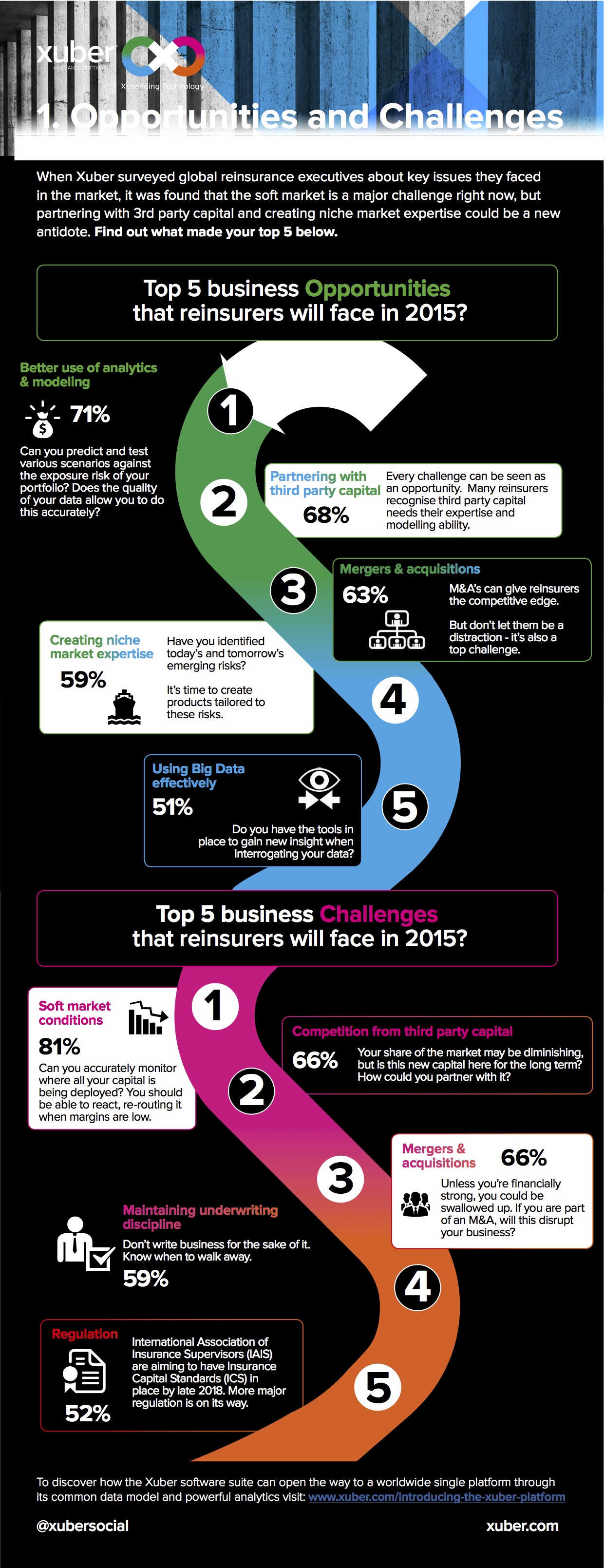
The reinsurance industry has recently seen a rise in mergers and acquisitions among some of its biggest players, such as Axis Capital Holdings Ltd. and PartnerRe Ltd. Faced with challenges like soft market conditions and impending regulation around the globe, many companies have turned to consolidation. Case in point: In 2014, acquirers spent $17 billion on property and casualty, multi-line insurance and reinsurance deals – the most since 2011, according to data compiled by Bloomberg.
Claude Lefebrvre, chief underwriting officer at Hamilton RE, described M&A as part of a cycle that tends to take place during the soft market. Last year, about 390 insurance transactions were announced for a combined value of almost $50 billion, making it the busiest year for deals since 2008. This begs the question: Is bigger actually better?
At a recent roundtable in Bermuda, a group of executives talked about the pros and cons surrounding the current spate of mergers and acquisitions in the reinsurance and insurance markets. The discussion noted that M&A may not be as beneficial to the reinsurance market as previously conceived, and looked specifically at the long-term benefits (or lack thereof), the potential for culture clashes among merged organizations and the impact of investors.
Here is what some of the conversation entailed:
Long-term benefits of M&A
With a rise in the number of consolidations, many smaller reinsurance companies are under pressure to make a deal sooner rather than later. But does this ultimately increase shareholder value, especially in cases of like-for-like companies?
Brenton Slade, chief operating officer at Horseshoe Group, believes there would be far less M&A activity if management teams took the time to look at the rationale behind the proposed deal and how it would benefit shareholder value over the long term. With this strategy, he believes we would see more money being returned to investors or being deployed into new product lines as opposed to just expanding equity bases.
As stated by Robert Johnson, president at Aon Benfield Bermuda, being a company with $10 billion of capital does not necessarily provide access to much more business than being a $5 billion size company. Potential challenges, such as ensuring companies have the right synergies and the loss of good employees, may outweigh the benefits of a merger.
Culture Clashes
A major issue seen with the rise of mergers is combining two company cultures and their legacy systems into one cohesive unit. A recent study from Xuber showed that cultural integration and incorporation of multiple systems was the biggest challenge faced by companies following M&A.
Issues such as determining what team members stay on, what the company will be called and where the company will be based are huge decisions and can cause a great deal of tension. The integration of existing data systems, legacy systems, contracts and processes is just as challenging.
Companies need to take culture into consideration when acquiring another organization and determining how they will mitigate issues that arise. This can also be used as an opportunity to refresh old legacy systems and integrate new data storage systems to replace outdated technologies.
Additionally, it poses an opportunity for smaller companies to have an advantage when it comes to the M&A process, as they have fewer systems in place and can adjust easier. Smaller companies are also at an advantage when larger companies merge, as they can capitalize on dislocated teams and bring in new lines of business.
Investor Impact
Some believe that investors, and their desire to increase their capital base, are driving much of the current M&A activity. Previously, investors wanted to manage performance; this has changed dramatically as investors have become less focused on performance or meeting certain return or risk policies. Now investors are less involved and often do not understand the reinsurance industry. They are simply looking to increase the size of companies and in turn their capital base, without looking at the long-term impact of consolidation or the benefits of having two smaller companies.
Will Things Keep Getting Bigger?
Bloomberg predicts that we will continue to see a rise in M&A activity as the demand for bigger and more diversified portfolios increases and companies see it as the only option to remain competitive. Smaller companies will likely feel the pressure to become involved and see it as the only way of securing any kind of substantial future.
On the other hand, this may present an opportunity for smaller companies to shine. As their larger competitors struggle with the challenges brought on by the M&A process and are not able to focus on day to day activities, smaller companies can produce higher quality work and scoop up some of the larger company’s lost talent.
The debate will likely continue as to whether the pros outweigh the cons, or vice versa, in the recent spate of M&A activity in reinsurance and insurance. It is yet to be seen that we can truly prove bigger is better. What do you think?
